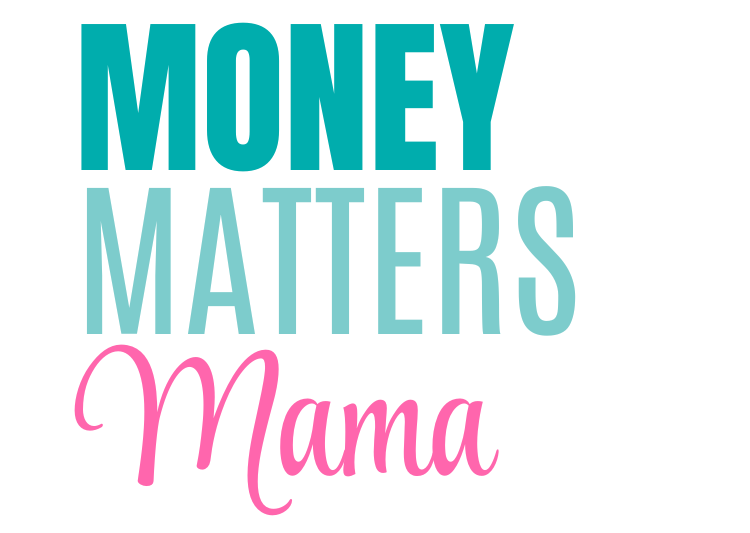Every year, like clockwork, there’s a point when I look at my kid’s school bag and think, “Yep… this thing has been through it.” Pens leaking in the bottom. Random crumpled papers. Maybe a granola bar from last September. And I’ve found that, whether you’re buying for a child, a teen, or even yourself, picking the right school bag is one of those decisions that can make daily life way easier—or way more annoying.
The thing is, school bags aren’t just bags. They’re mobile command centers. They carry the stuff you need to make it through the day without losing your mind. And if you’ve ever had to run to the store at 8 p.m. for a forgotten folder or a replacement lunch box, you know how important the right setup is.
I’ve had my fair share of mornings where the clock’s ticking, someone can’t find a shoe, and I’m mentally calculating if we can still make it out the door on time without skipping breakfast.
I’ve learned that the smartest approach isn’t about grabbing the cheapest thing and hoping for the best. It’s about finding the balance between budget-friendly and built-to-last. And once you’ve got the right bag? It’s about knowing exactly what belongs inside it so you’re not digging around for a pencil like you’re on some weird scavenger hunt.
This post is all about two things—choosing a school bag that makes sense for your needs (and your budget) and packing it with the essentials so you’re ready for anything. I’m talking smart shopping tips, must-have features, clever storage ideas, and a breakdown of what to actually keep in there so you’re not carrying half your house for no reason.
Whether you’re a student, a mom sending kids out the door, or someone heading to night classes after work, this is going to help you set up a bag that works as hard as you do—without draining your wallet.
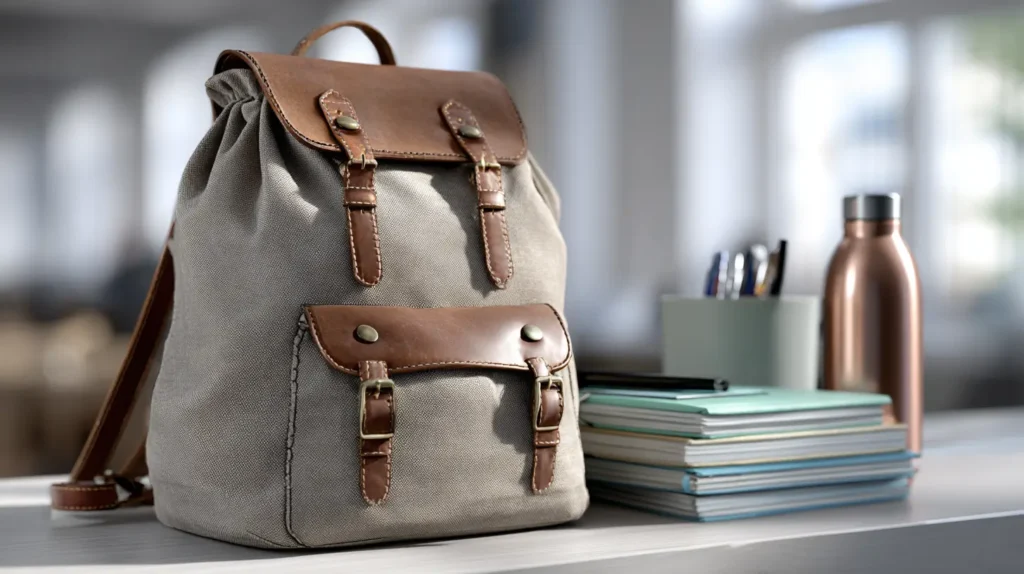
Some of the links on this site are affiliate links, which just means I may earn a small commission (at no extra cost to you) if you make a purchase. You can check out my full disclosure for all the details.
HOW TO PICK THE RIGHT SCHOOL BAG WITHOUT OVERSPENDING
A school bag doesn’t have to cost a fortune to be functional. But I’ve found that if you go too cheap, you’ll be replacing it by winter. The goal is to land in that sweet spot where the bag can take a beating but still be affordable.
Here’s what I look for:
- Strong zippers – If they’re flimsy, they’ll snag or break fast.
- Comfortable straps – Padded straps save shoulders, especially on heavy days.
- Multiple compartments – More pockets mean better organization.
- Water resistance – It doesn’t have to be waterproof, but it should handle a little rain.
- Reinforced bottom – Stops holes from forming when books or binders weigh it down.
I also compare weight. Some bags start out heavy before you even put anything in them. That’s a no from me.
One thing I always notice: the best deals pop up in the off-season. Buying a school bag in March or April? Usually way cheaper than late summer when everyone’s in panic-buying mode.
Secondhand is another smart move. Thrift stores, consignment shops, and even online marketplaces have barely-used bags for a fraction of the price. Just check for working zippers, clean interiors, and no funky smells.
Think about size, too. Oversized bags look like a good deal, but if it’s too big, it’ll just get stuffed with unnecessary junk. And small bags? Cute but often impractical. Aim for something proportionate to the person carrying it.
Bottom line—buy with intention, not impulse. If it’s comfortable, sturdy, and has the right storage, it’ll last longer and save money.

FEATURES THAT MAKE A SCHOOL BAG ACTUALLY WORK FOR YOU
A lot of bags look good in the store but end up being a daily annoyance. I’ve learned to pay attention to the little things that make a school bag more functional.
- Laptop sleeve or padded section – Protects electronics without adding a separate case.
- External water bottle pocket – Keeps drinks upright and away from homework.
- Front pocket with dividers – A home for pens, keys, and those tiny things that always disappear.
- Easy-grab handle – Sounds small, but it’s handy when you’re rushing.
- Reflective strips – Helpful for safety if walking or biking early or late.
I’m also a big fan of wide openings. Some bags have narrow zippers that make it impossible to see what’s inside. If you have to dig like you’re searching for buried treasure, it’s not the right bag.
For durability, nylon or polyester blends tend to hold up better than cotton. Canvas looks nice but can wear faster unless it’s reinforced.
Color and style matter, too. I lean toward darker shades or patterns that hide dirt. Light colors look great on day one but pick up every scuff and spill.
Another trick? Try the bag on before you buy if possible. Fill it with a couple of heavy books and see how it feels. A bag that looks perfect on the shelf might dig into your shoulders once it’s loaded.
The goal is to make sure the bag fits your daily needs—not just your Pinterest board.
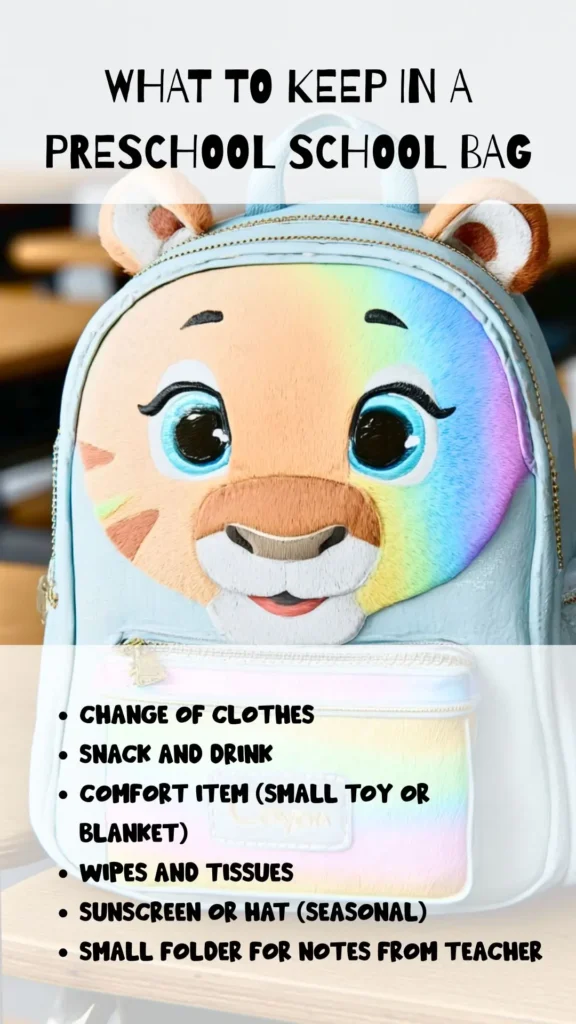
THINKING ABOUT A SCHOOL BAG LIKE A MINI HOME BASE
I’ve started looking at a school bag less like “something to carry stuff” and more like a mobile version of your desk, locker, and emergency stash all rolled into one. The trick is to treat it like a tiny home base, where every single thing inside earns its spot. That shift in mindset changes the way you pack it—and what you expect from it.
For example, I think about zones, even in a bag without labeled pockets. The back section? That’s your main room, where the heavy, important things live. The middle is like your utility closet—those are the items you grab throughout the day, but not every hour. And the front section? That’s your junk drawer, but in the best way. It’s where quick-grab stuff lives so you’re not wrestling the zipper every time you need chapstick or gum.
Another thing I’ve noticed is that the right school bag can cut down on mental clutter. When you know everything is in its place, your brain stops running those low-level “where’s my…?” checks. You save energy without realizing it. It’s like clearing off your kitchen counters—less noise, more calm.
And honestly, I think a bag tells a story. Not in a sentimental way, but in a practical one. A beat-up, sagging school bag with random crumbs at the bottom says, “I’m tired and surviving.” A well-packed, easy-to-carry one says, “I’ve got a system.” And the best part? That “system” doesn’t have to be perfect or pretty—it just has to be yours.
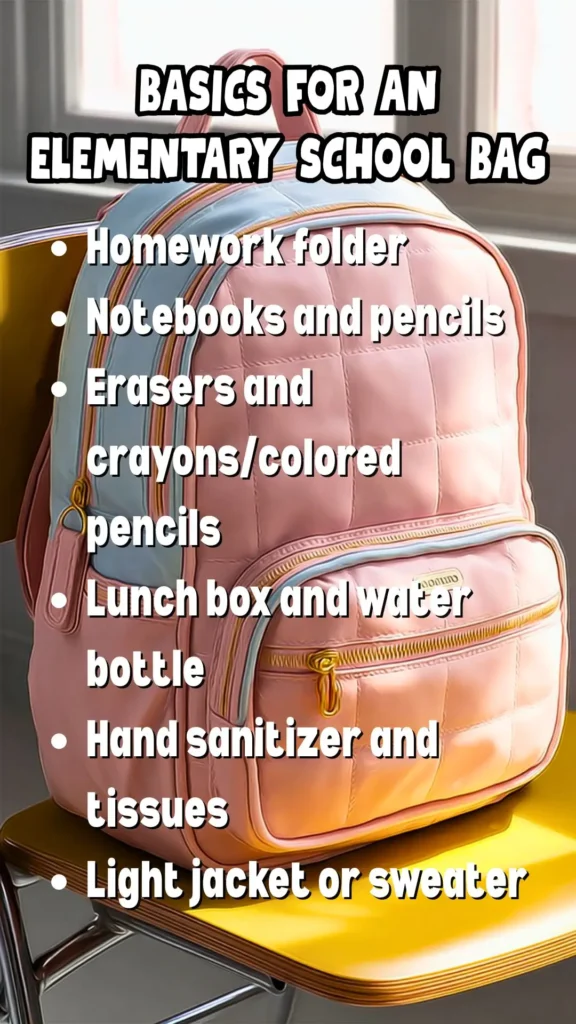
BUDGET TIPS FOR BUYING A SCHOOL BAG
I love a good deal, but I also know when a “deal” isn’t worth it. Here’s my strategy for keeping school bag costs low without ending up with junk.
- Shop off-season – Back-to-school sales are nice, but clearance months later is where the real savings are.
- Sign up for store emails – Many retailers send extra coupons to subscribers.
- Check outlet stores – Brand-name quality at reduced prices.
- Buy last year’s model – Fashion changes faster than function, so older designs are often cheaper.
- Stack coupons and cashback offers – Online purchases can be even cheaper if you layer discounts.
If you have multiple kids, look for multipacks or bulk deals—sometimes you can buy two bags for the price of one.
Don’t forget loyalty programs. They can give you points or credit toward future purchases, which helps when it’s time for a mid-year replacement.
Another little hack—if the bag doesn’t have enough compartments, you can add inexpensive organizers or pouches. That way you can make a simpler, cheaper bag work like a more expensive one.
I also skip bags with extra frills that cost more but add nothing to functionality. Built-in speakers? No thanks. A clip-on plush toy? Cute, but you can buy that separately for a couple of bucks.
Saving money isn’t about buying the cheapest thing—it’s about spending wisely so it lasts.
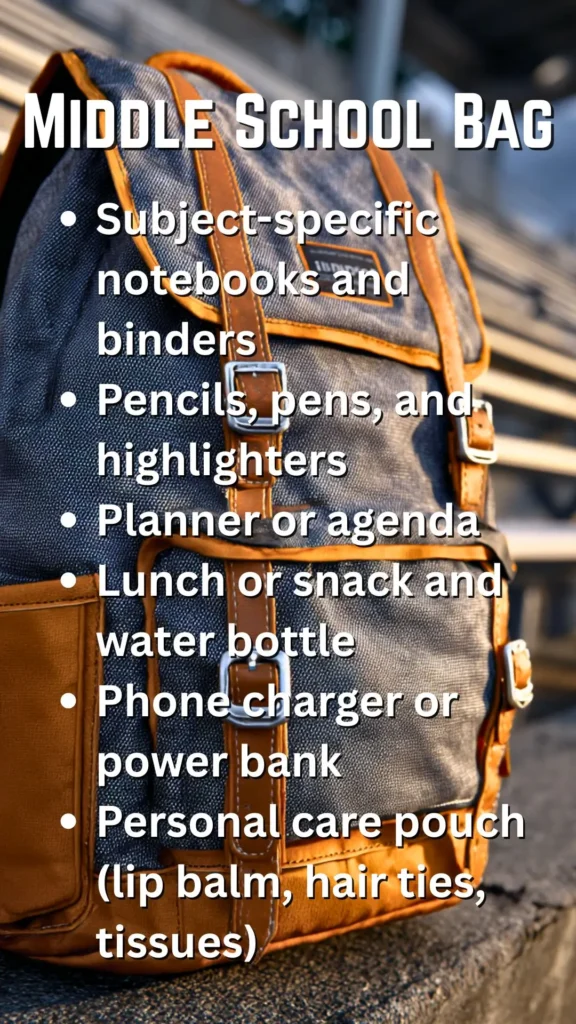
WHAT TO KEEP IN YOUR SCHOOL BAG
The bag is only half the battle. What you keep in it can make or break your day. I’ve found that carrying the right essentials means fewer last-minute scrambles.
Here’s my go-to list:
- Notebooks and folders – One per subject to keep things organized.
- Pencils and pens – At least two of each, plus an eraser.
- Planner or small calendar – Keeps deadlines and events in check.
- Reusable water bottle – Saves money and keeps you hydrated.
- Snacks – Non-messy, like granola bars or crackers.
- Chargers – For phone, laptop, or tablet.
- Tissues and hand sanitizer – For obvious reasons.
- Small first aid kit – Bandages, pain reliever, and lip balm.
I keep most small items in a pouch so they’re easy to grab.
Weight is a big deal. Overpacking leads to sore shoulders. I try to keep things minimal—if I don’t use it weekly, it probably doesn’t need to live in the bag full-time.
It’s also smart to do a quick bag check once a week. Toss the trash, take out what you don’t need, and refill the things you’re low on. That’s how you avoid carrying three empty snack wrappers for months.
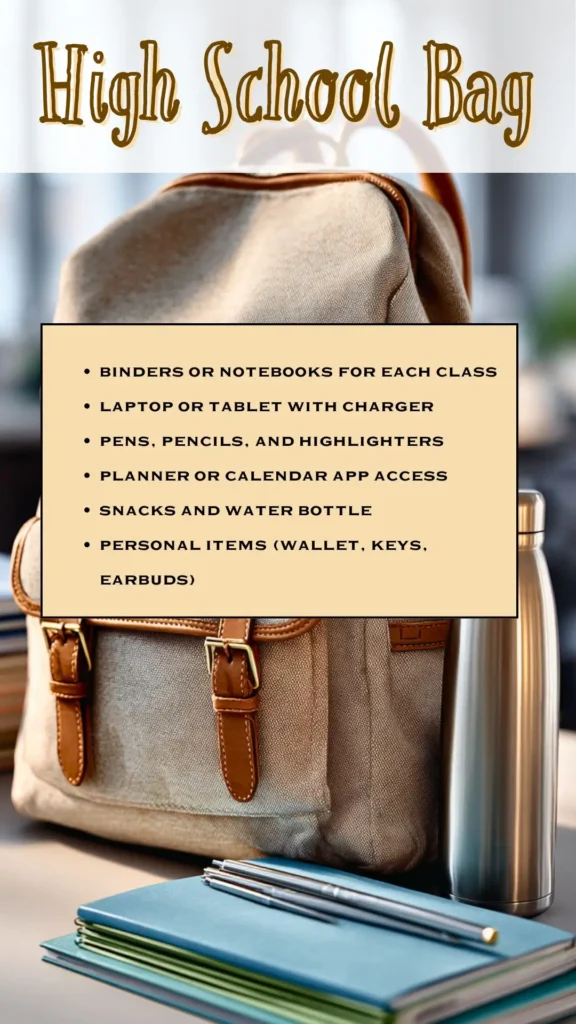
CLEVER WAYS TO ORGANIZE YOUR SCHOOL BAG
A messy bag wastes time. I’ve learned that the more organized it is, the easier life feels.
I use pouches for different categories—tech gear in one, snacks in another, personal care in another. Clear ones are even better so you can see what’s inside without digging.
Folders are non-negotiable for keeping papers neat. Color-coding them for different subjects or projects makes it even simpler.
Heavier items should go in the back section, close to your body. That keeps the bag balanced and easier to carry. Lighter stuff can go in front or side pockets.
Vertical packing helps, too. If everything is stacked upright, you can see it at a glance instead of piling things on top.
And if your bag has more pockets than you know what to do with, assign each one a purpose—keys always in the top front pocket, water bottle always in the right side, and so on. That way, you never have to guess where something is.
A clean, organized bag makes mornings faster, and it means you’re not the person holding up the line because you can’t find your pen.
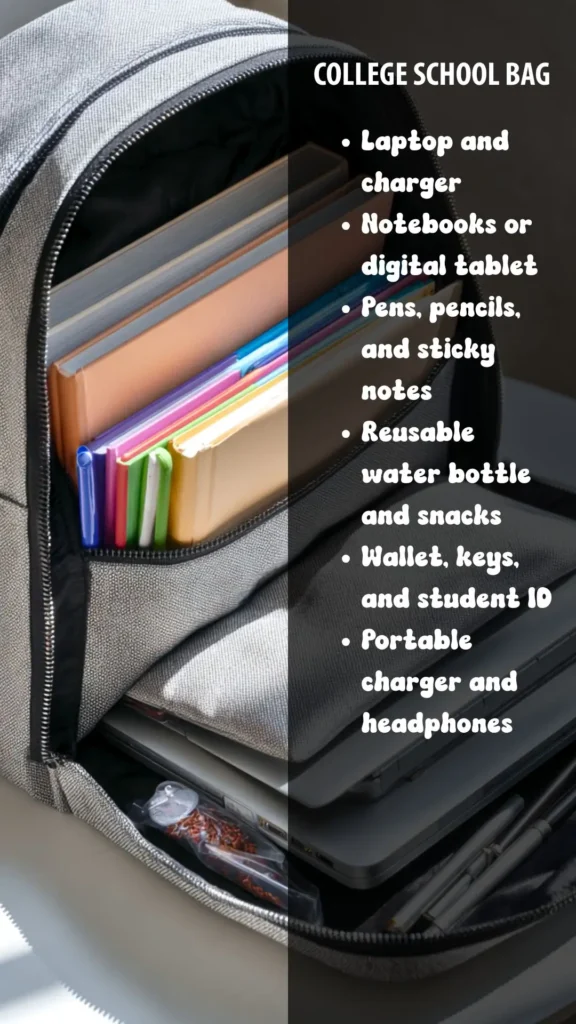
HOW TO MAKE YOUR BAG LAST LONGER
Even a budget bag can last if you take care of it. I’ve picked up a few habits that keep mine in good shape.
- Don’t overload it – Carrying too much stretches straps and zippers.
- Clean spills right away – Stains set fast, especially in fabric.
- Empty it weekly – Keeps crumbs, wrappers, and mystery items from building up.
- Store it properly – Hang it or set it upright instead of shoving it under a pile of shoes.
- Reinforce weak spots – A quick stitch or patch can extend its life.
If your bag is washable, follow the care instructions. If it’s not, spot-clean with mild soap and a damp cloth.
Another tip—rotate between two bags if you can. Even switching once a week gives straps and seams a break.
Zippers tend to be the first thing to go. Rubbing a little candle wax or zipper lubricant can help them glide smoothly and last longer.
Taking a couple of minutes here and there to maintain your bag beats buying a new one mid-year.
FINAL THOUGHTS
I’ve noticed that the right school bag feels almost invisible in your daily routine. It just works. It doesn’t make you stop and think about how heavy it is or how annoying it is to find something inside. It’s just there, doing its job.
That’s the goal—finding one that fits your budget, works for your needs, and holds exactly what you need without turning into a bottomless pit of random stuff. I’m all for a little personality in a bag, but function has to come first.
After twenty-plus years of juggling kids, work, and a house that never seems to stop producing laundry, I’ve learned that even something as small as the right bag setup can make the whole day run smoother.
I also think about how this ties into the bigger picture of staying organized. A school bag is a small thing, but it’s a piece of your daily system. When it’s set up well, it saves time and stress. That’s the kind of everyday win I love.
And yes, I’ve seen some gorgeous bag setups on Pinterest, but I always remind myself that real life looks a little messier. Yours doesn’t have to be color-coordinated and staged. It just has to work for you.
So, whether you’re buying for yourself, a teen, or a younger child, look for something that will last, keep it stocked with the right essentials, and don’t let it turn into a mobile junk drawer. A good school bag isn’t about spending a fortune—it’s about making smart, simple choices that make every day a little smoother.
